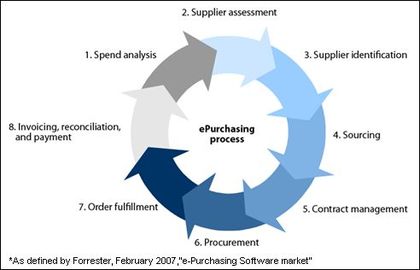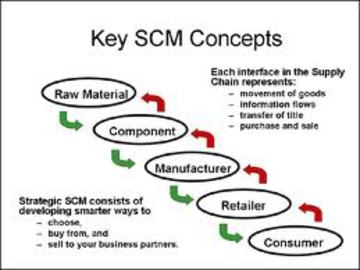Introduction

Chain Management Software refers to whole range of software tools or modules used in executing supply chain transactions, managing supplier relationships and controlling associated business processes. It commonly includes customer requirement processing, purchase order processing, Inventory management, goods receipt and ware house management. Another name for this software is supply Chain Management Software, as its basic purpose is supply chain management. It can help in various aspects such as; lower inventory cost, order handling, increase in stock revenue, stock availability, lower price complaints, lower lead time to end users, improved efficiency and increased operating profits.
Step 1
Here are some good tips to use of Chain Management Software: first of all you have to choose software that suits your company’s needs, a supply management software vendor whose products are particularly strong in the areas that are most important to your company. For this, a person needs to have a complete knowledge of a company’s business and requirements.
Step 2
Analyze if the software is compatible with your existing system? Unlike other software a Chain Management Software handles only a part of operations that means it has to work with your existing system as much as possible. If the software appears to be compatible, you can go for it.
Step 3
As supply chain management system are integrated with supply management system of supplier and customer, you should find out what systems are in their use and what their data requirement is. Next thing you need is to find if your Chain Management Software can be integrated with supplier’s/customer’s system.
Step 4
Once you got software, you should test its working. It ensures that software, does not contain any flaws and it can operate your system effectively and efficiently. A test should involve a project with one to two distributors or suppliers using limited information sharing to test different procedure scenarios.
Step 5
There are many critical stakeholders, both within and outside an organization, who contribute to the effectiveness of supply chain management operations. Since supply chain management software will impact each and every one of these constituents, they must be fully involved in the initiative, and their feedback and input must be gathered as early in the process as possible. This will help facilitate widespread user adoption and ensure that the supply chain management software will satisfy everyone’s needs.
Last 3 Tips

In most companies, supply chain management operations span multiple departments and business units. In order to coordinate the activities of various groups or departments, supply chain software must be tightly integrated with the applications they utilize.
Encourage Collaboration to enhance software’s capability of rapid, unhindered information sharing. Companies who do not fully utilize these capabilities (i.e. using them to communicate with and making data available to external supply chain partners in real-time) will realize only limited benefits from their supply Chain Management Software.
The last and the most important thing you do are considering reliability of your supply Chain Management Software. Software is reliable if it remains useful for a longer period of time.
Conclusion
Chain management software is the requirement of today's business world. If you follow these tips then you will achieve great heights in your business plans.